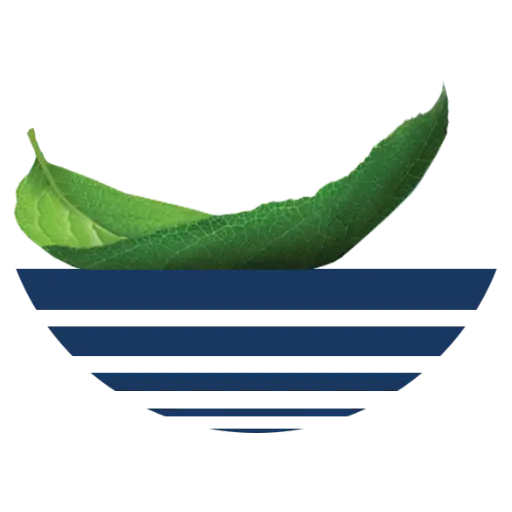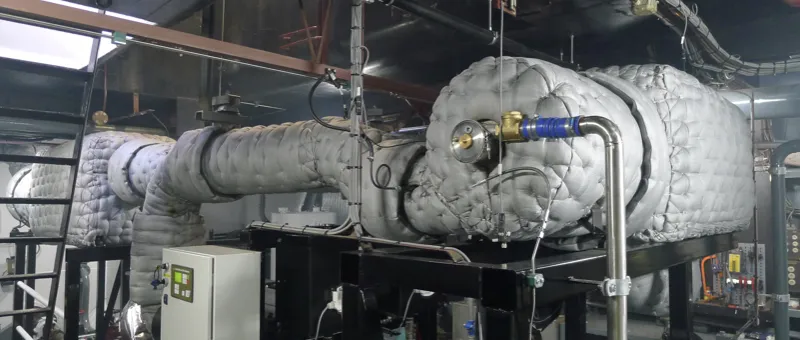What Do Stage V Emission Requirements Mean for Inland Shipping?
Author: Jeroen Berger • Publication date:
The European inland shipping sector is undergoing a major transformation. With the introduction of Regulation (EU) 2016/1628, known as the NRMM Regulation (Non-Road Mobile Machinery), the European Union (EU) has implemented strict emission standards to significantly cut harmful emissions from inland vessel engines. These EU Stage V standards represent a crucial step toward sustainable shipping, directly affecting shipowners and operators aiming to future-proof their fleets.
While the regulation has applied to new engines since 2019, pressure is mounting to make existing vessels more sustainable. The Netherlands, for instance, targets an average emission label B for the inland fleet by 2030. As a result, shipowners and operators now face a clear choice: invest in Stage V retrofit solutions, adopt cleaner fuels, or upgrade their vessel propulsion systems.
Discover how Stage V emission requirements impact inland shipping, how to upgrade your vessel or fleet with retrofit solutions or Stage V engines, how a favorable emission label boosts your market position with shippers and financiers, and the economic impact and financing options available.
Introduction of the EU Stage V Emission Requirements
The EU Stage V emission requirements have been applicable to new inland waterway engines under 300 kW since January 1, 2019, and to engines of 300 kW and above since January 1, 2022. These regulations aim to significantly cut emissions of carbon monoxide (CO), hydrocarbons (HC), nitrogen oxides (NOx), and particulate matter (PM and PN). Beyond environmental benefits, they also drive technological innovation, enhance operational efficiency, and strengthen the market position of shipowners and operators in an increasingly competitive inland shipping sector.
For inland vessels, every newly installed engine—whether for newbuilds or repowering—must meet strict Stage V emission limits. These engines are classified by application: main propulsion engines (Inland Waterway Propulsion, IWP) from 19 kW, auxiliary engines (Inland Waterway Auxiliary, IWA) from 19 kW for onboard power, and non-road engines (Non-Road Engine, NRE) up to 560 kW, offering powerful alternatives.
Stage V Engines and Retrofit Solutions
Engine manufacturers now offer certified Stage V engines with advanced technologies like Selective Catalytic Reduction (SCR) and Diesel Particulate Filters (DPF). These eco-friendly systems significantly reduce nitrogen oxide and particulate emissions while boosting fuel efficiency, leading to lower operational costs and more sustainable operations.
For existing vessels, retrofit solutions provide an efficient path to compliance. Installing SCR systems and particulate filters enables older CCR-II, CCR-I, and Pre-CCR engines to meet current emission standards. This approach makes your fleet Stage V-ready without full repowering, ensuring both regulatory compliance and enhanced performance.
Inland Shipping Emission Label: What Does It Mean for Your Vessels?
In line with the Green Deal for inland shipping, the Netherlands introduced an emission labeling system in 2021 to assess the environmental performance of inland vessels. This system assigns labels based on actual emission measurements, providing shipowners with clear insights into their vessels’ environmental impact.
A favorable emission label not only strengthens your position in tenders but also increases your vessels’ appeal to financiers and shippers prioritizing sustainability. Efforts are underway to develop a harmonized European emission label, expected by 2027. This standardized, internationally recognized system will simplify administration and enhance industry-wide transparency.
For vessels with existing engines, this presents an opportunity to enhance emission performance. By implementing exhaust after-treatment technologies, such as an SCR catalyst and a particulate filter, harmful emissions can be significantly reduced, making your vessel more eco-friendly while improving its emission label rating.
Economic Impact and Financing Opportunities
Implementing Stage V technology involves upfront costs but delivers significant long-term economic benefits. These advanced engines and retrofit solutions boost fuel efficiency and reduce operational expenses. Moreover, low-emission inland vessels retain higher market value and gain a competitive advantage in sustainable procurement.
In the Netherlands, the government promotes inland shipping sustainability through the Subsidy Scheme for Sustainability of Inland Vessels (Subsidieregeling Verduurzaming Binnenvaartschepen, SRVB). This scheme offers financial support for engine replacements and retrofit projects, including certified Stage V engines, SCR catalysts, and particulate filters. Entrepreneurs can also benefit from the Environmental Investment Allowance (MIA) and the Random Depreciation of Environmental Investments scheme (Vamil), providing tax advantages for sustainable investments.
Investing in emission reduction not only unlocks these subsidies but also prepares your business for future environmental standards. This enhances your competitive edge while promoting a greener inland shipping industry.



